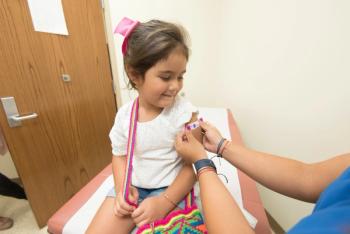
CDC Updates Reporting Criteria for Zika Infection in Pregnant Women
As of today, the CDC has changed the reporting criteria for Zika infection in pregnant women, to include those who are asymptomatic but test positive for a flavivirus.
The Centers for Disease Control and Prevention (CDC) just changed the reporting criteria for Zika infection in pregnant women, to include those who are asymptomatic but test positive for a flavivirus.
Denise J. Jamieson, MD, MPH, CAPT, USPHS, co-lead for the CDC’s Pregnancy and Birth Defects Team and the CDC Zika Virus Response Team, and Margaret Honein, MD, chief of the CDC’s Birth Defects Branch, and epidemiologist at the National Center for Birth Defects and Developmental Disabilities discussed the CDC’s reporting criteria updates in this week's Morbidity and Mortality Weekly Report. Dr. Honein stated that because of Zika- associated risks, the CDC will continue to monitor pregnant women and their fetuses.
The MMWR article includes
The CDC is calling on state, local, tribal, and territorial health departments to
Under the updated criteria, the number of pregnant women with Zika infection has risen to 157 in US states, and 122 in US territories. The majority of these cases are currently pregnant women with Zika infection; however, this number also includes those who already gave birth but were infected with the Zika virus at some point during their pregnancy. The CDC is continuing to gather information regarding the pregnancies of those asymptomatic women who gave birth to infants with Zika-related adverse outcomes. There are currently less than a dozen known cases where an asymptomatic mother or her fetus has experienced Zika-related complications of any kind.
In order to fully understand the Zika virus and all it entails, the CDC is encouraging healthcare practitioners to inform their pregnant patients that Zika testing is now available for asymptomatic pregnant women who have travelled to or resided in areas with active Zika transmission. The hope is that this will also improve the probability of diagnosing as many cases as possible. Dr. Honein noted that the new numbers will not be reported in real time, but will be updated weekly to reflect the previous week’s numbers.
CDC officers continue to work diligently to further comprehend the complexity of the Zika virus, and its associated complications.
Newsletter
Stay ahead of emerging infectious disease threats with expert insights and breaking research. Subscribe now to get updates delivered straight to your inbox.
































































































































































































































































































































